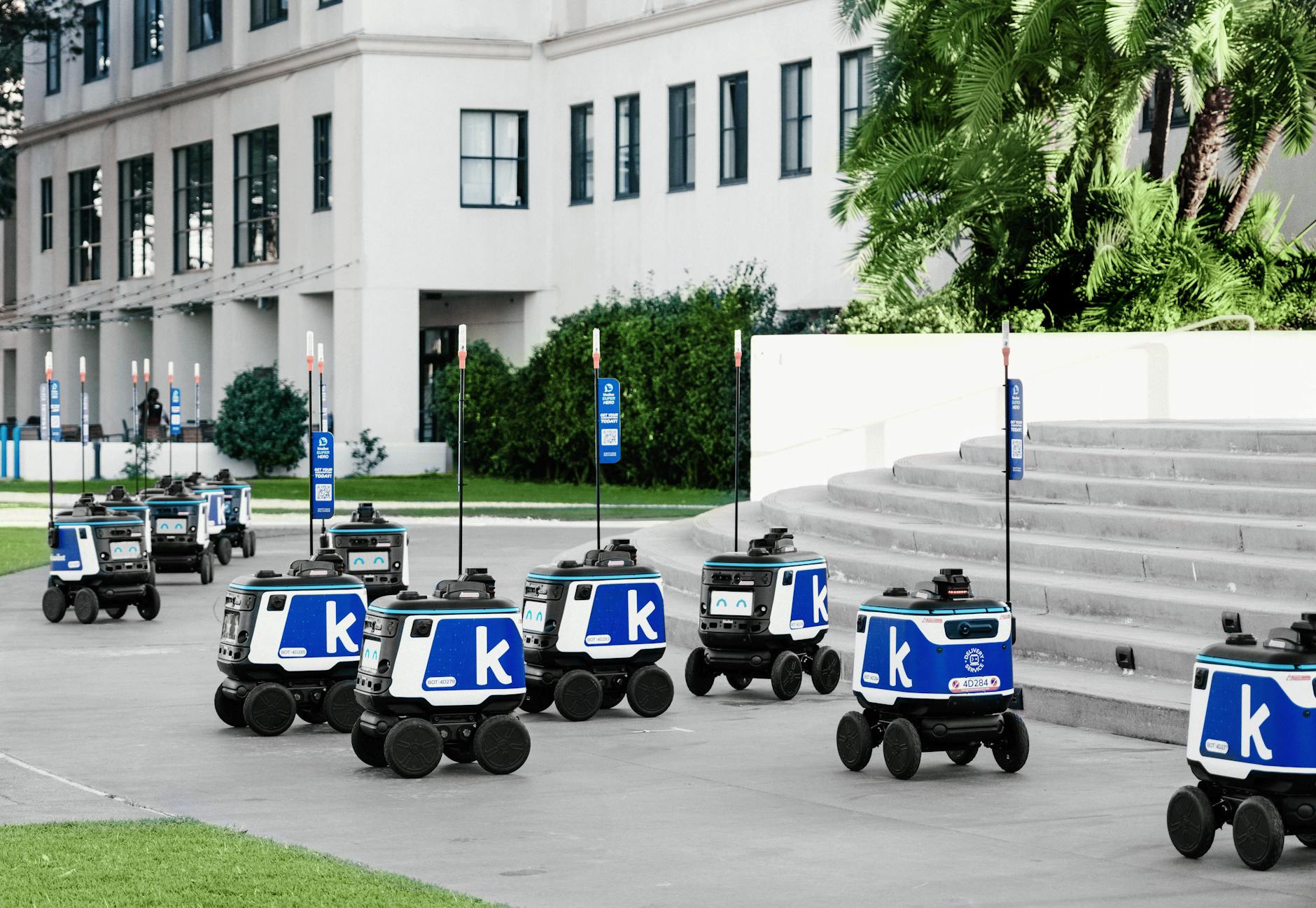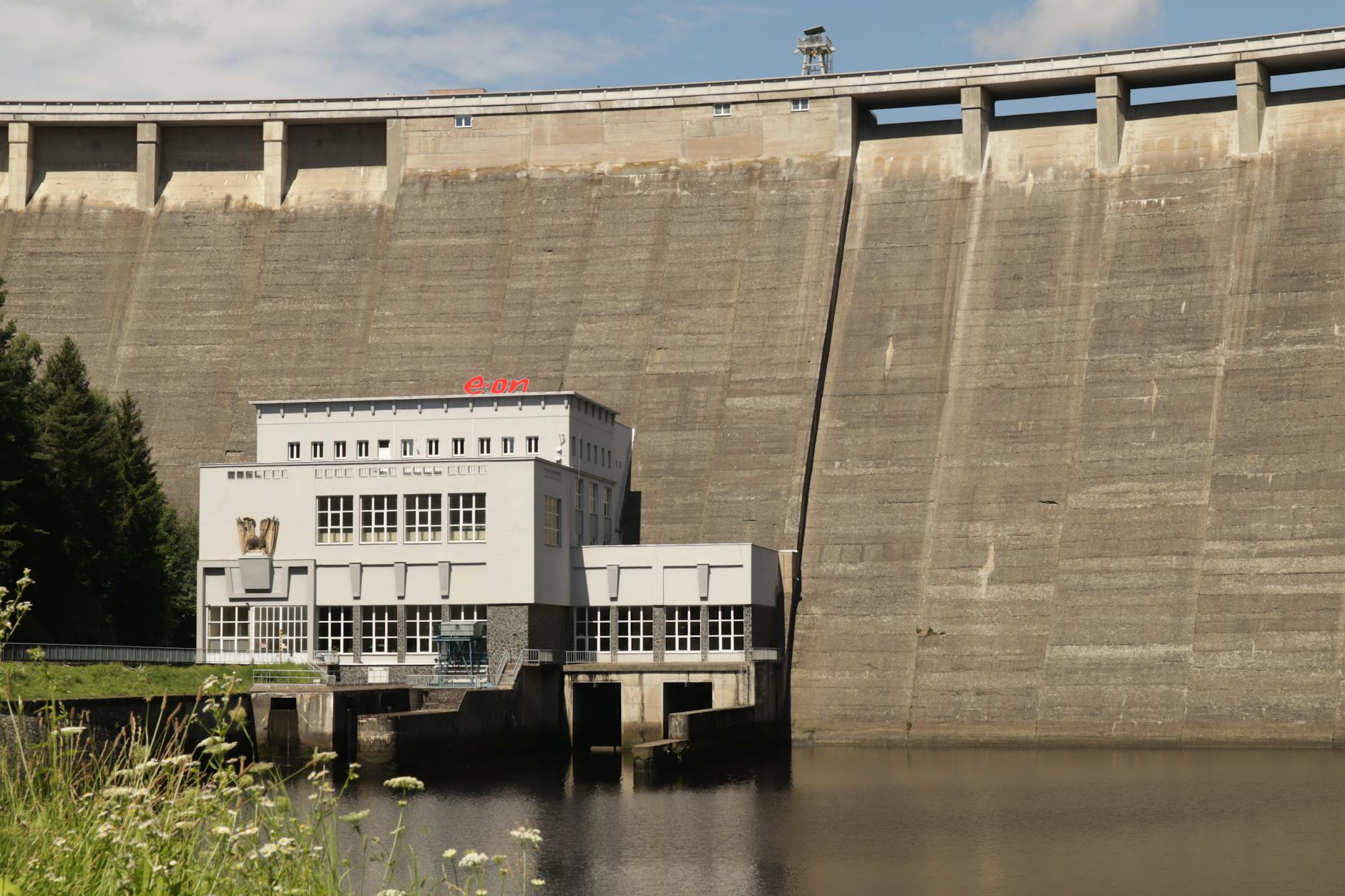The rapid advancements in technology have revolutionized various industries, and the logistics sector is no exception. One of the most innovative developments in this field is the introduction of autonomous delivery robots. These futuristic robots are designed to revolutionize last-mile deliveries, making them more efficient, cost-effective, and environmentally friendly.
Enhancing Efficiency through Automation
Autonomous delivery robots are equipped with advanced sensors, cameras, and artificial intelligence algorithms that enable them to navigate sidewalks, crosswalks, and other urban environments with ease. By leveraging the power of automation, these robots can autonomously transport packages and goods from distribution centers to customers’ doorsteps. This capability significantly reduces the need for human intervention in the delivery process, leading to faster and more efficient deliveries.
Improving Last-Mile Delivery
The last-mile delivery is often the most challenging and costly part of the logistics chain. Traditional delivery methods, such as using trucks or vans, can be inefficient, especially in congested urban areas with heavy traffic. Autonomous delivery robots offer a solution to this problem by providing a more agile and flexible delivery option for businesses. These robots can navigate through crowded streets and deliver packages quickly and efficiently, thereby reducing delivery times and costs.
Environmental Benefits
In addition to improving efficiency and reducing costs, autonomous delivery robots also offer environmental benefits. With the increasing concern over carbon emissions and environmental sustainability, the logistics industry is under pressure to find greener and more sustainable delivery solutions. By using electric-powered autonomous robots for last-mile deliveries, companies can reduce their carbon footprint and contribute to a cleaner and healthier environment.
Overcoming Challenges
Despite their numerous benefits, autonomous delivery robots still face challenges that need to be addressed. One of the main concerns is the regulatory framework governing the operation of these robots on public sidewalks and roads. There are also concerns regarding safety and liability in case of accidents involving autonomous robots. Addressing these challenges will be crucial for the widespread adoption of this innovative delivery solution.
Future Prospects
The future of autonomous delivery robots looks promising, with more companies investing in research and development to improve the capabilities of these robots. As the technology continues to evolve, we can expect to see more advanced features such as drone-based deliveries, multi-robot coordination, and integration with smart city infrastructures. These advancements will further enhance the efficiency and effectiveness of last-mile deliveries, making them more seamless and convenient for both businesses and consumers.
Conclusion
In conclusion, autonomous delivery robots represent a significant step forward in the evolution of the logistics industry. By leveraging cutting-edge technology and automation, these robots offer a more efficient, cost-effective, and environmentally friendly solution for last-mile deliveries. While there are challenges to overcome, the potential benefits of autonomous delivery robots are undeniable. As the technology continues to advance, we can expect to see these robots transforming the way goods are delivered, paving the way for a more efficient and sustainable future.


